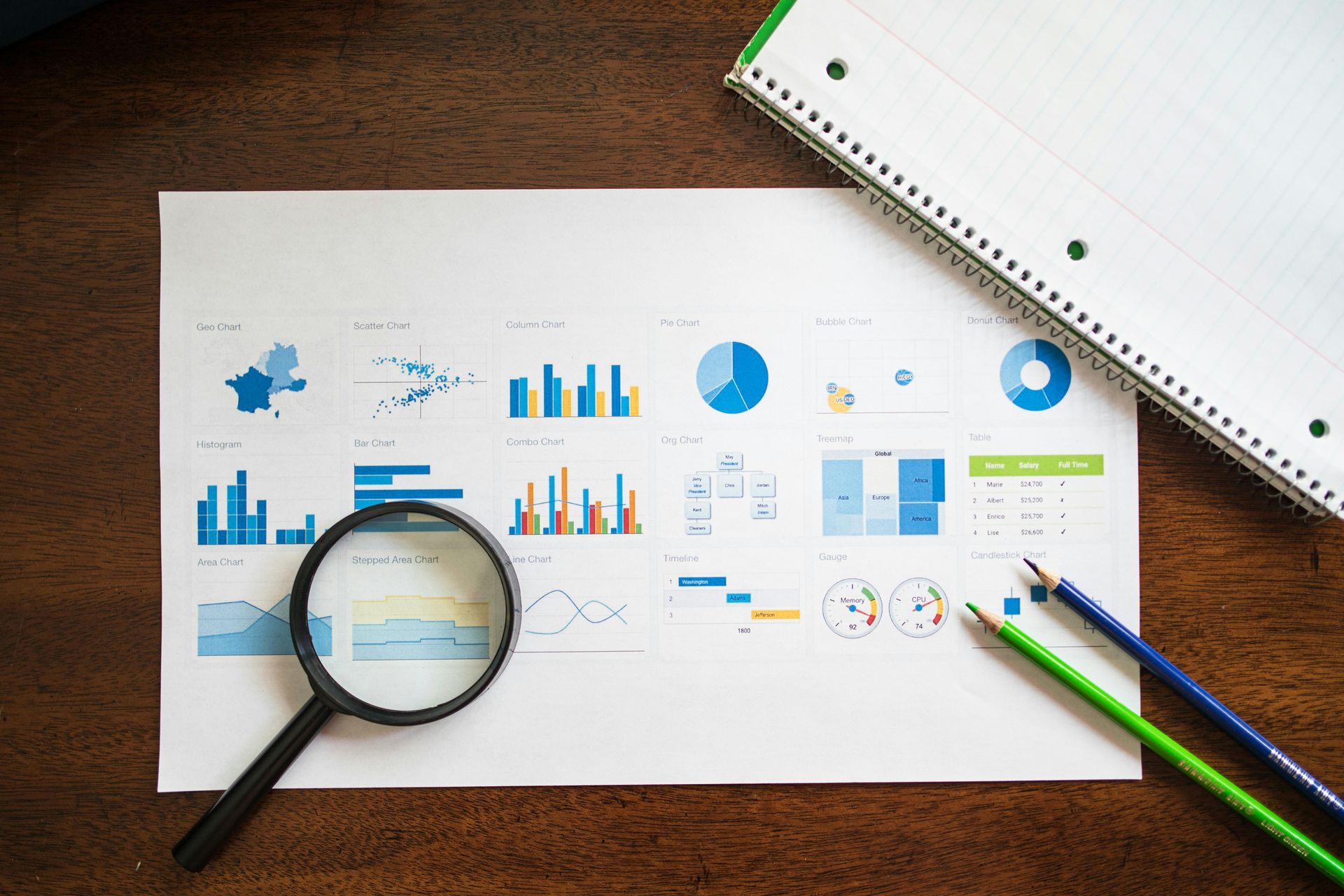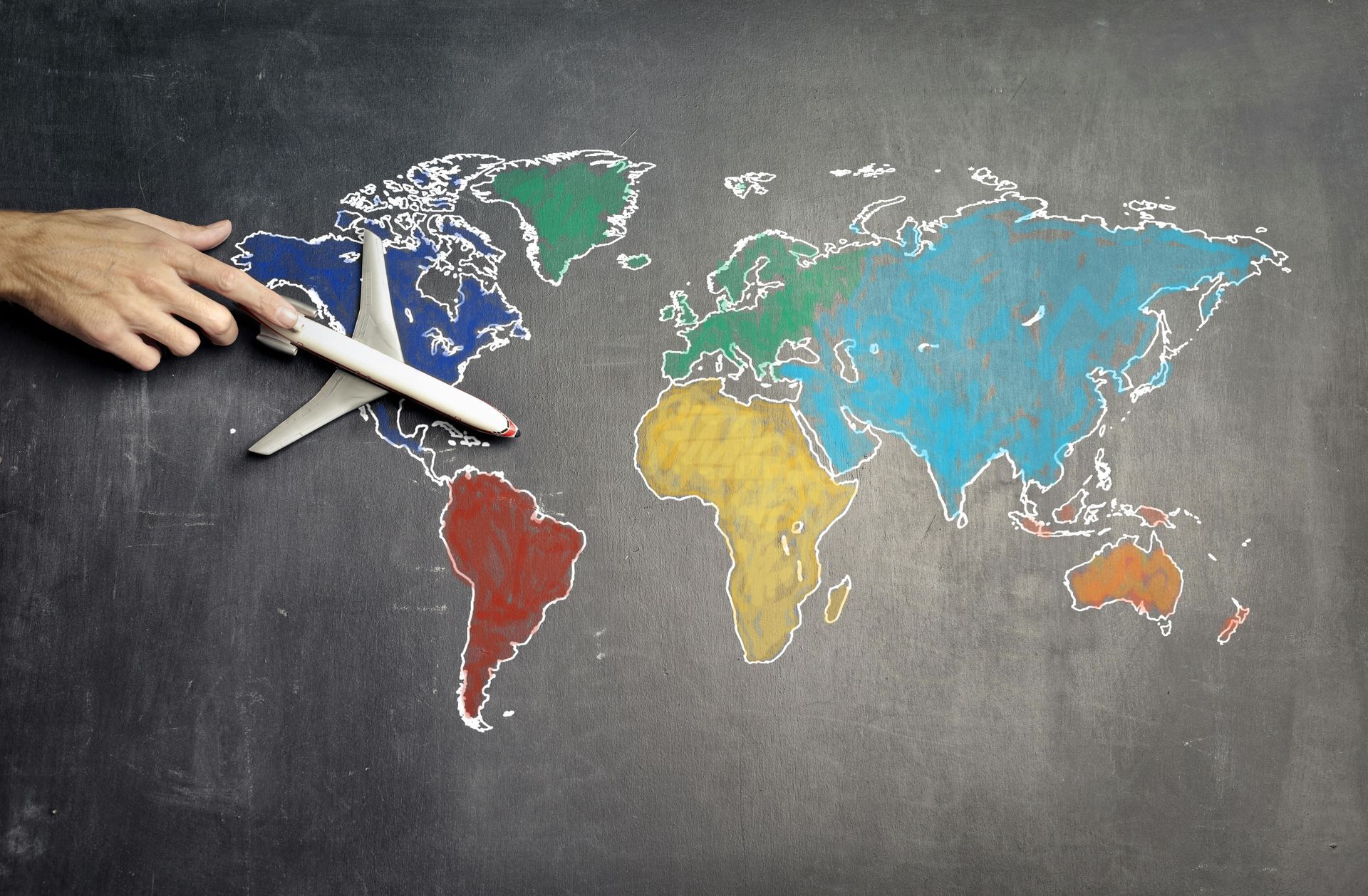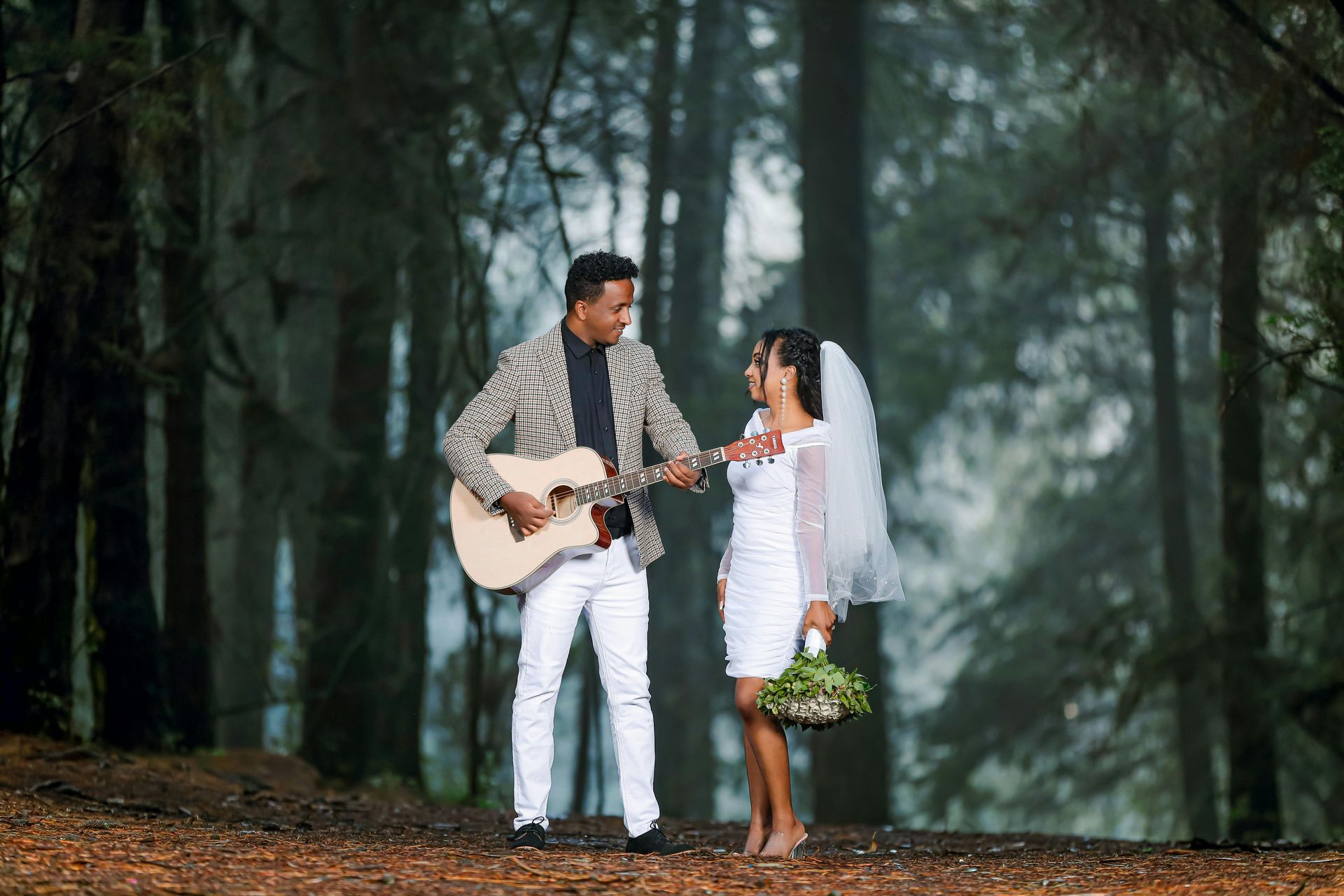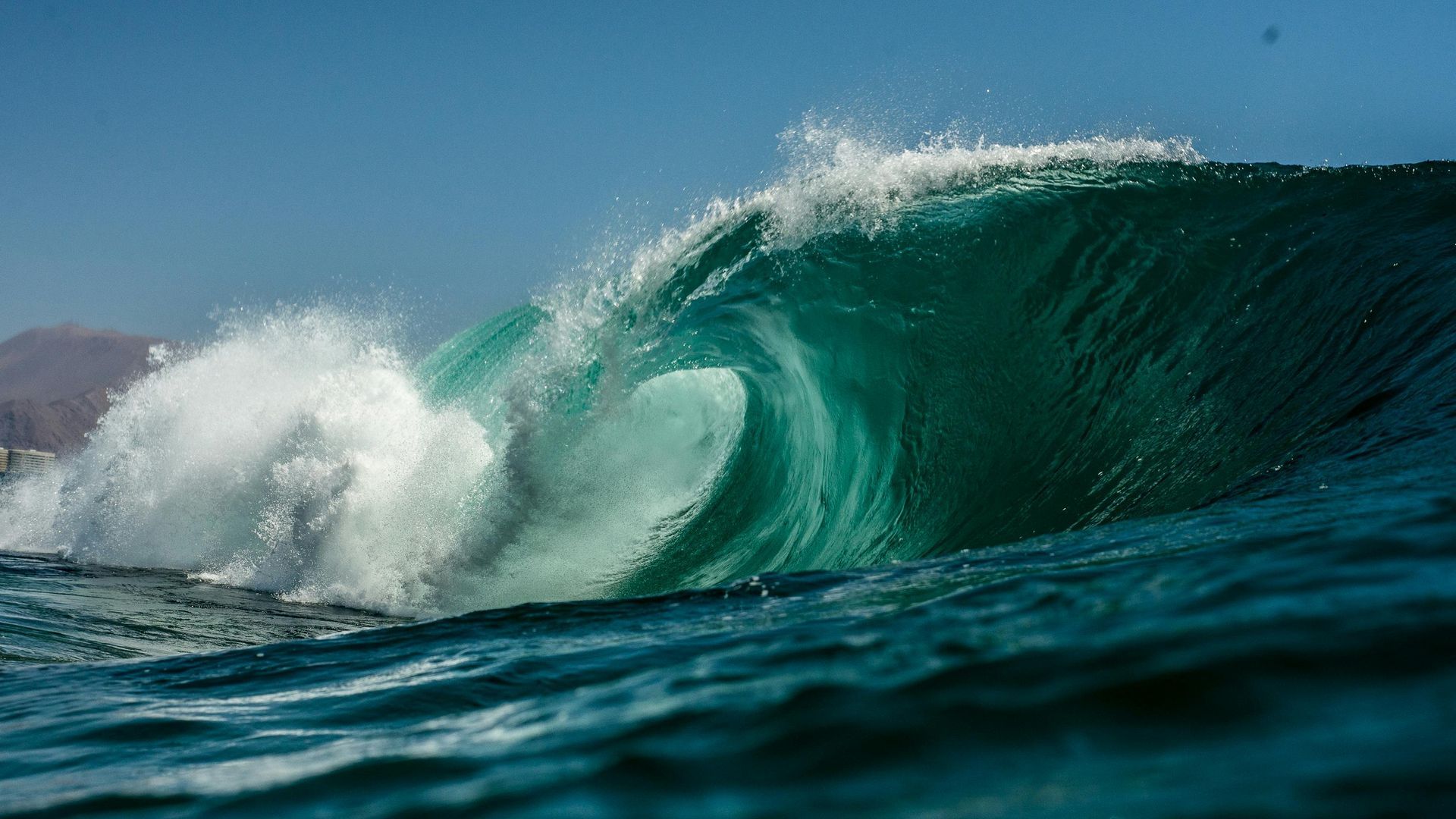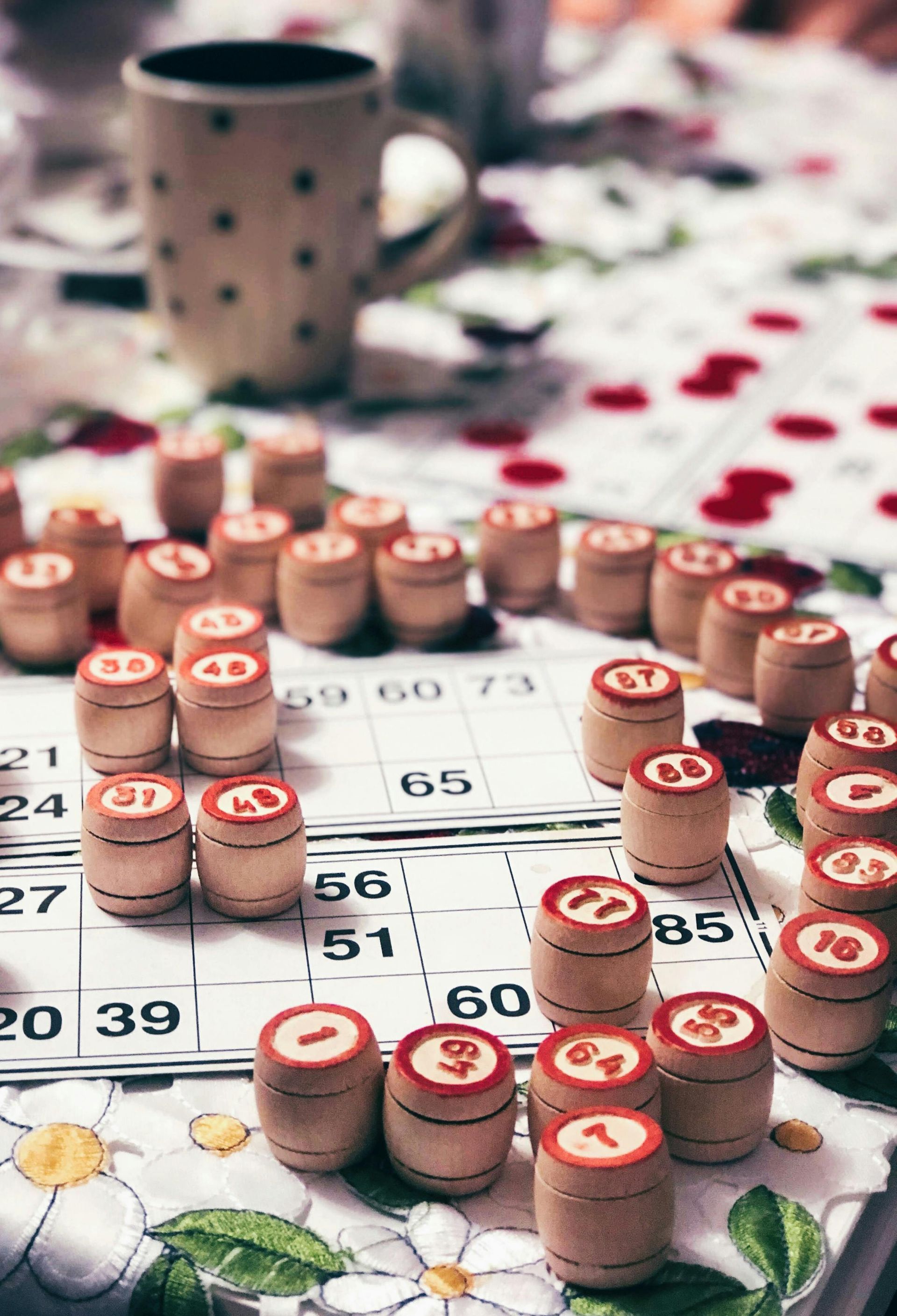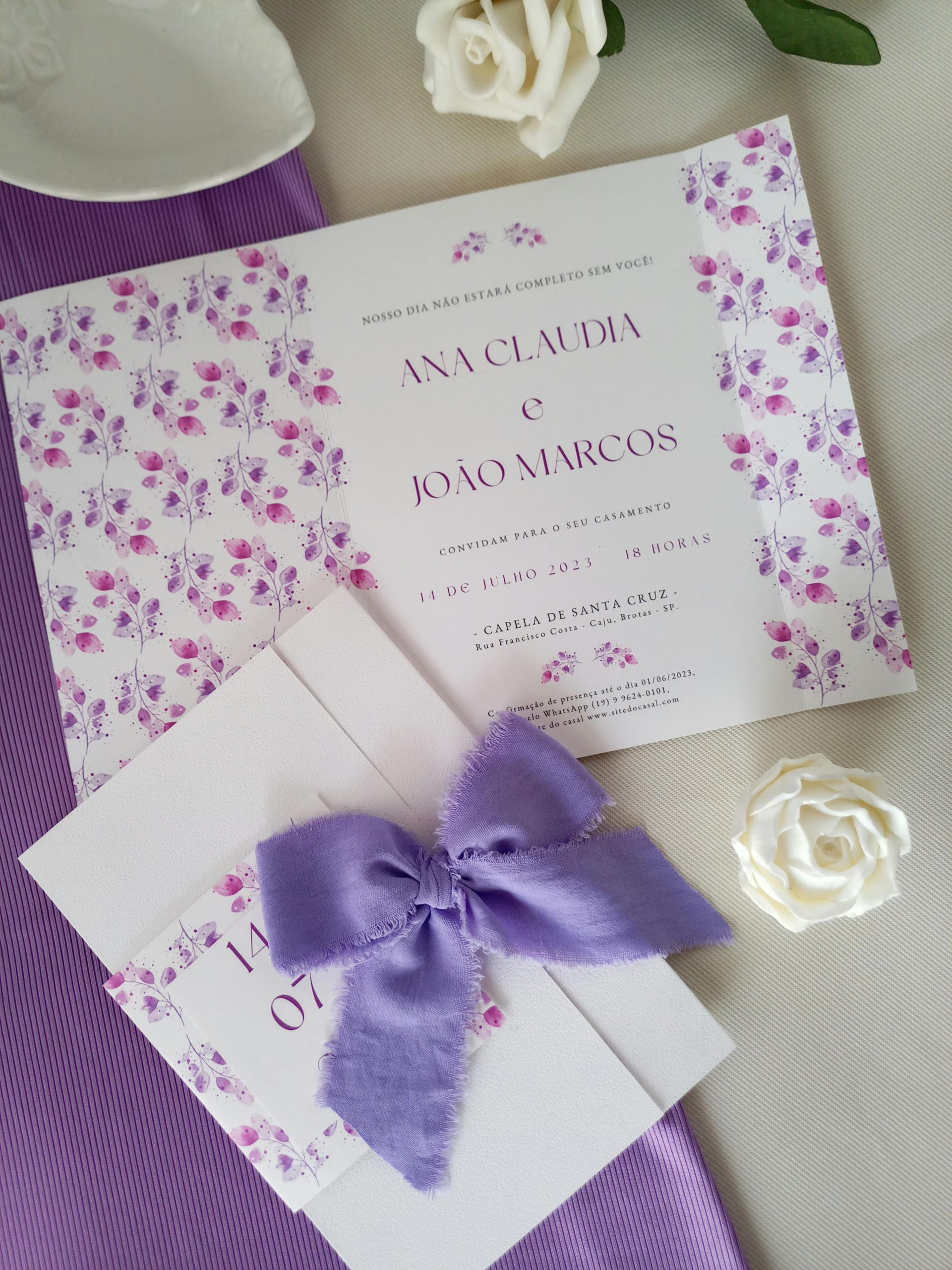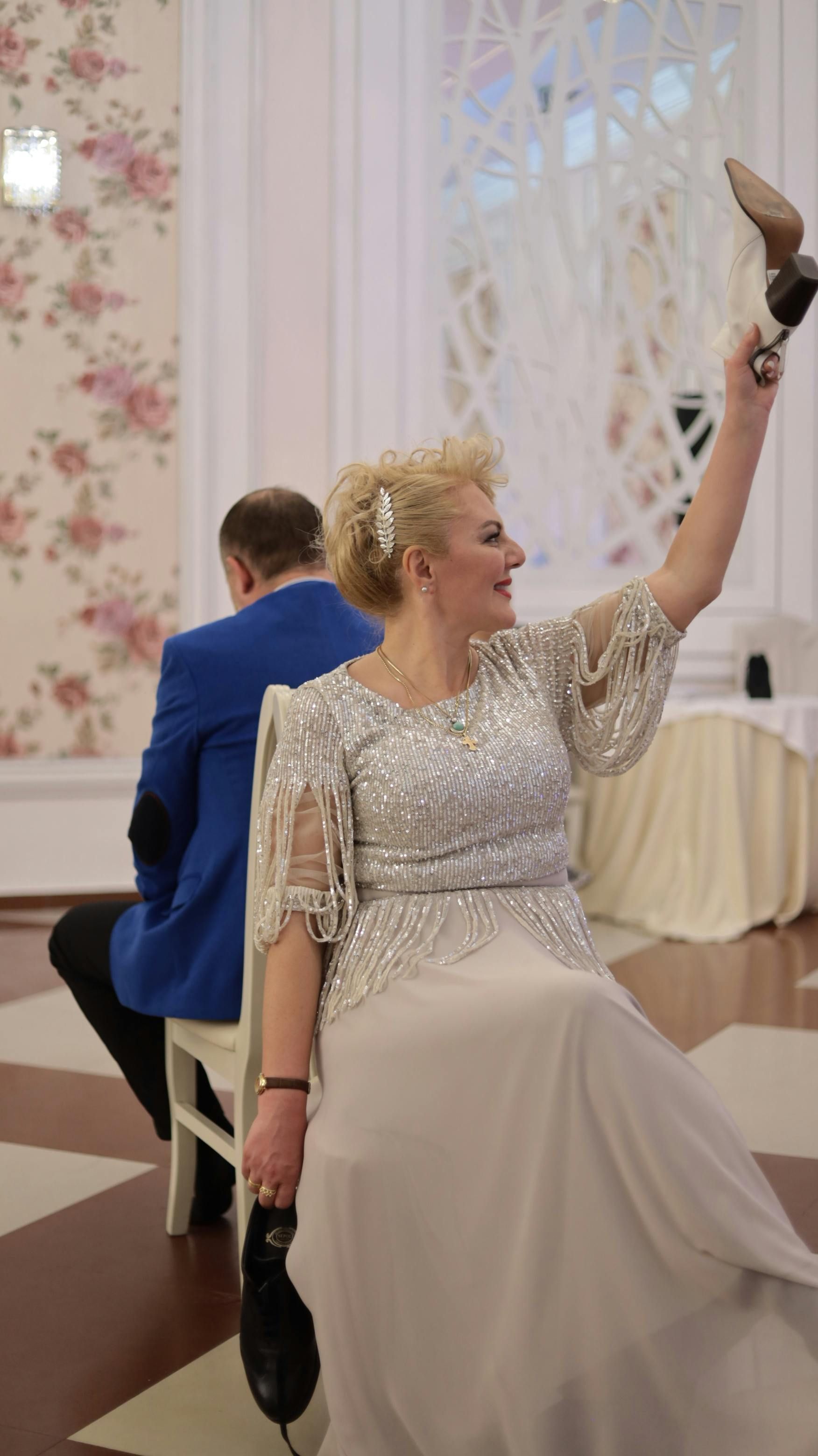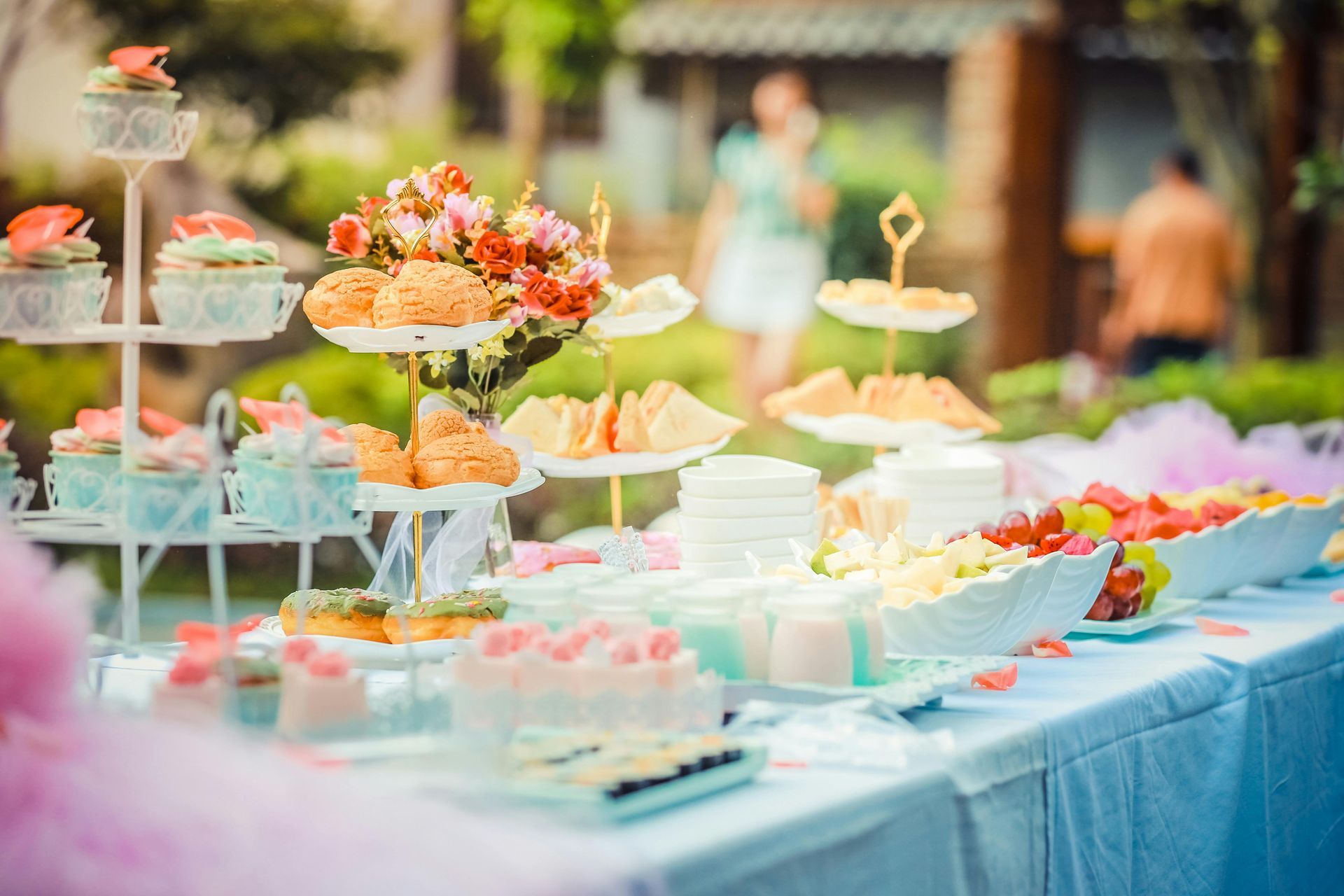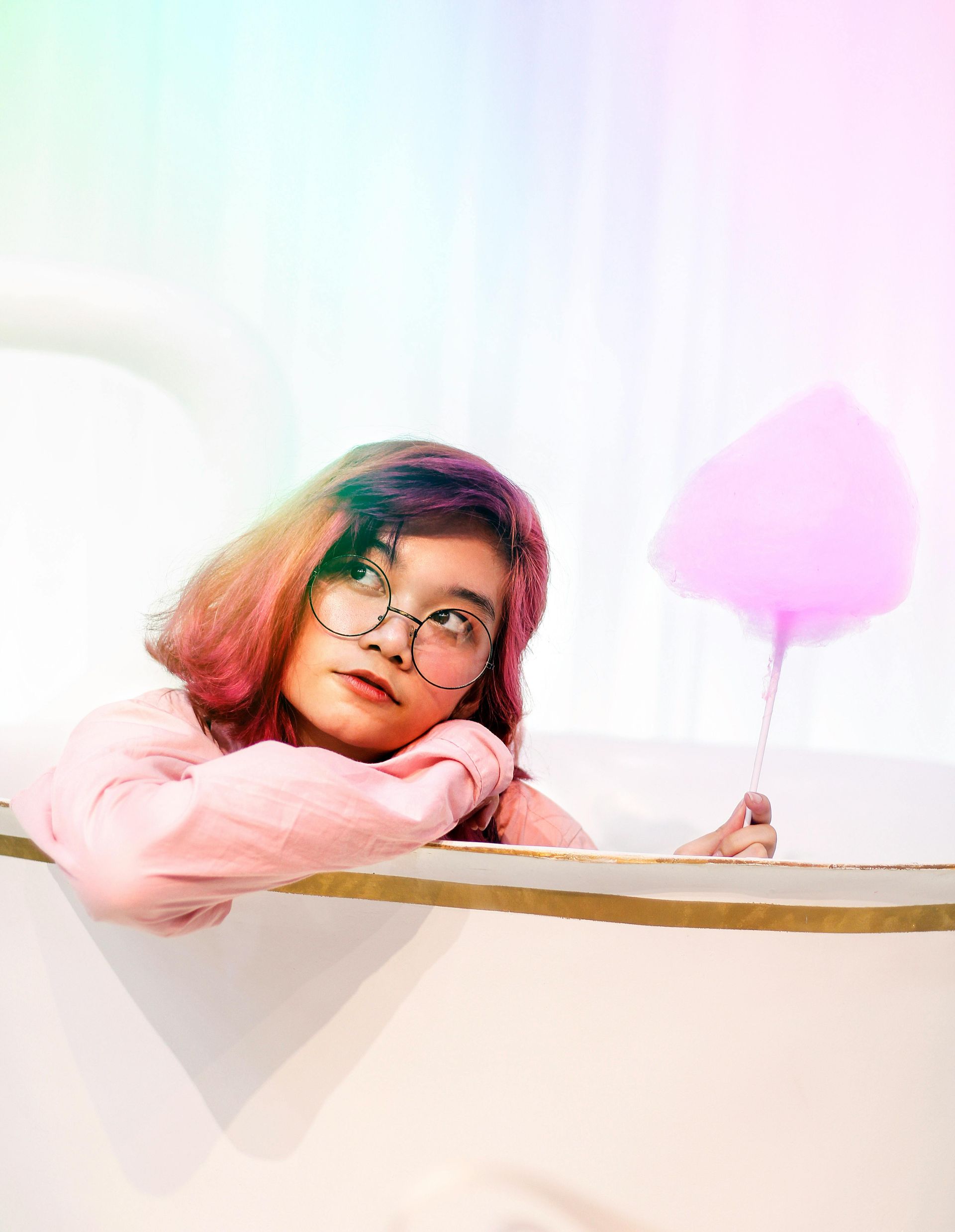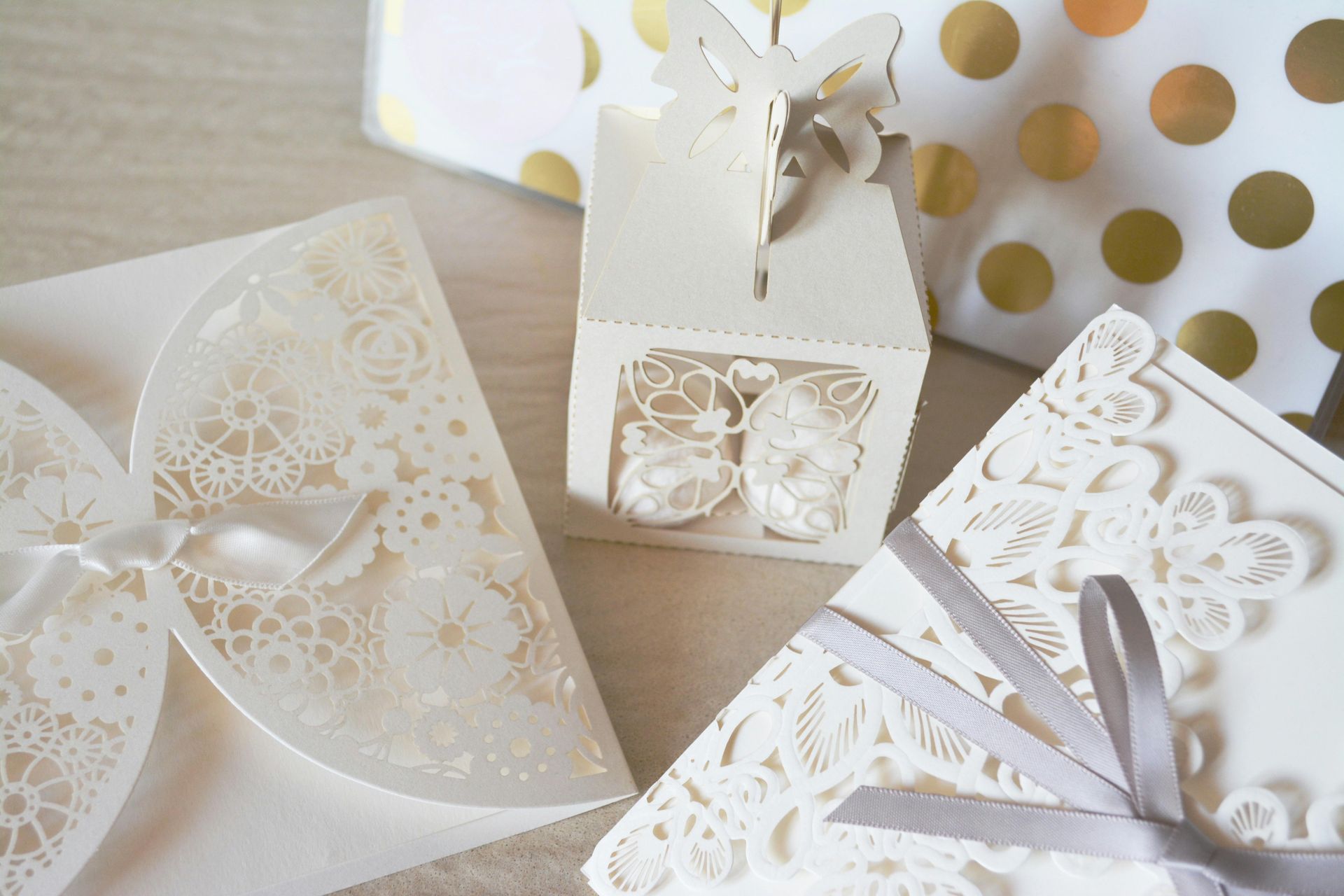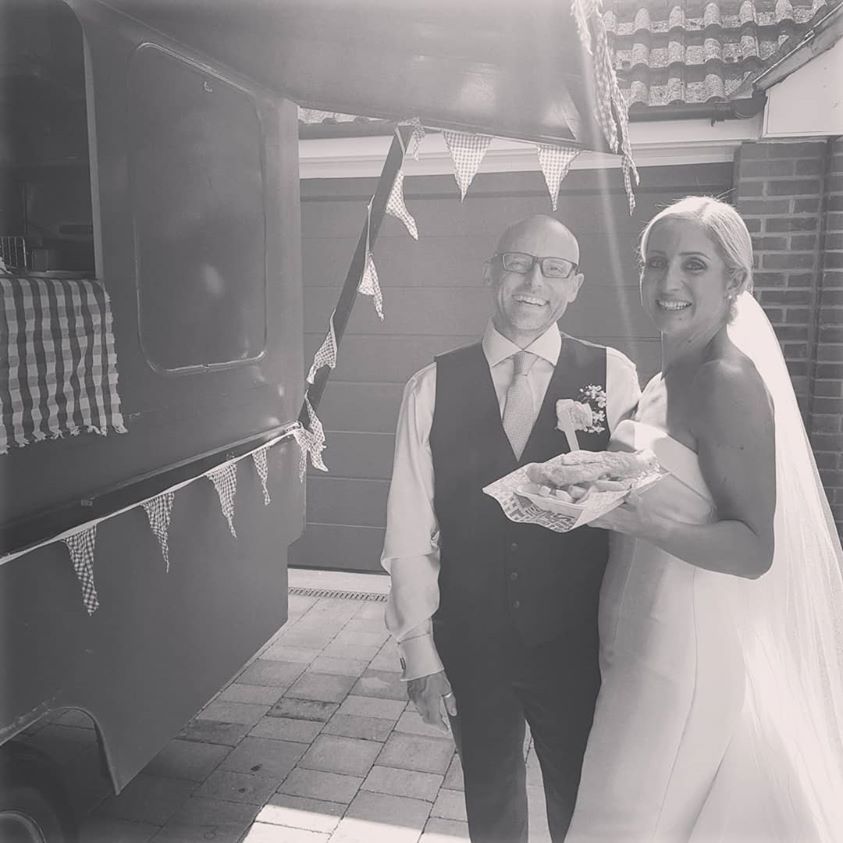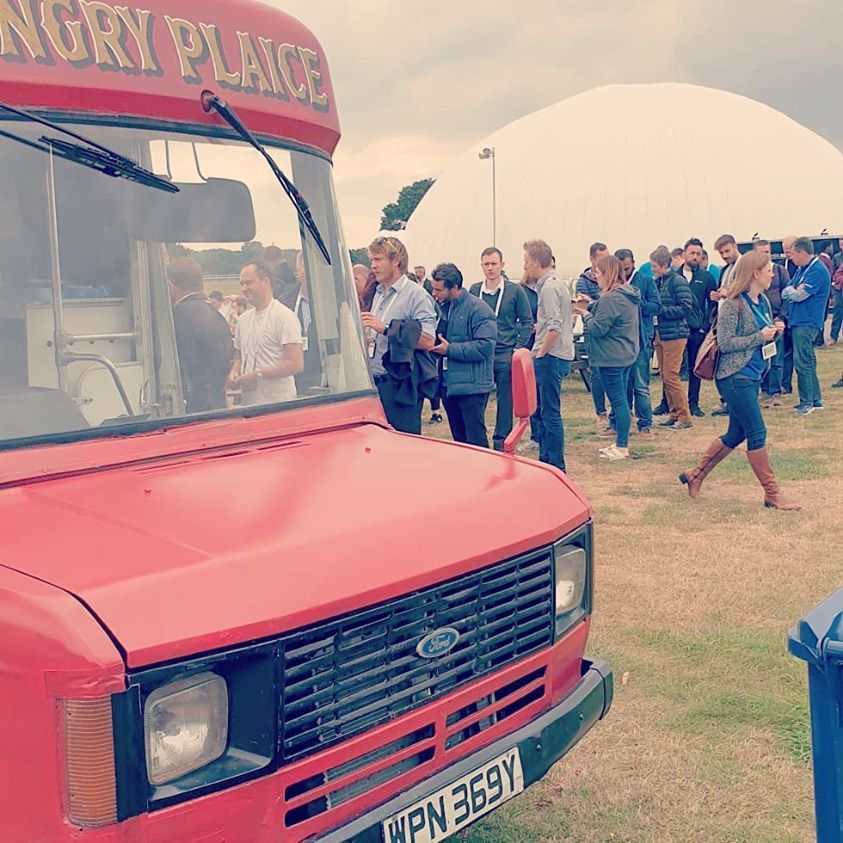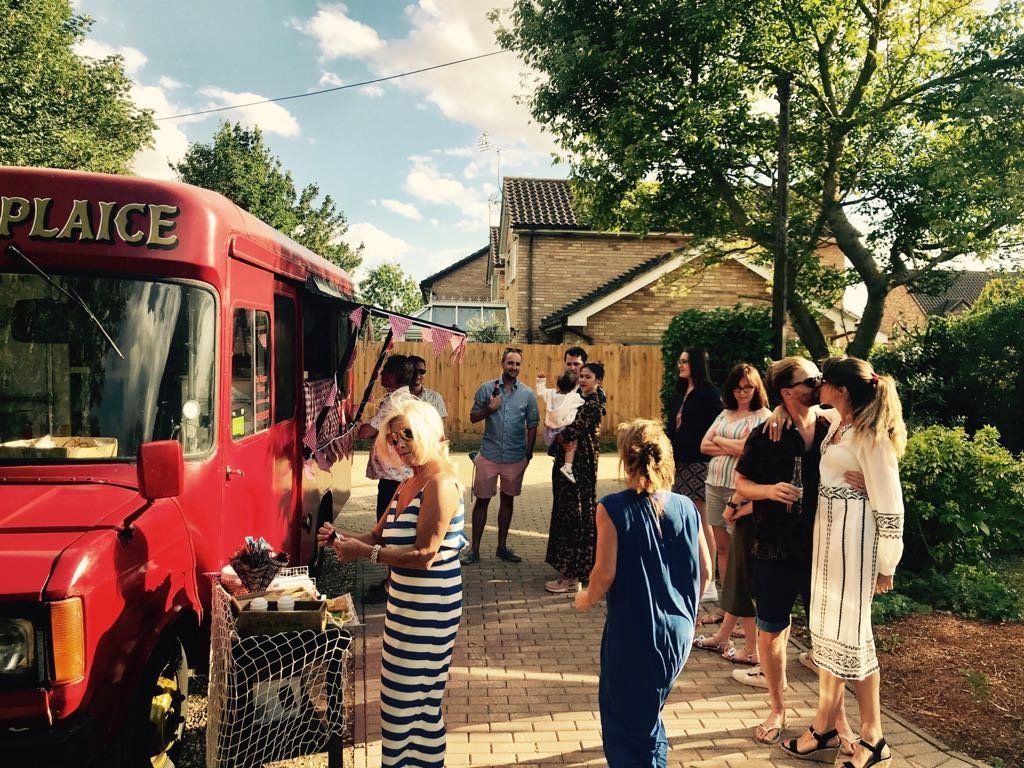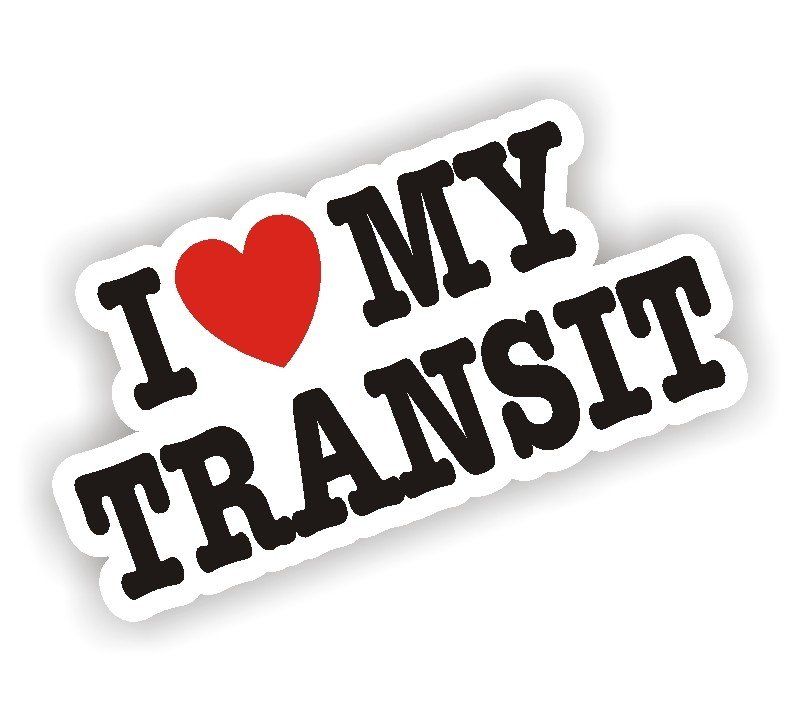Wedding invitations are more than just pieces of paper; they are the first glimpse your guests get into the celebration of a lifetime. Evolving from simple, traditional notes to exquisite pieces of art, wedding invitations now reflect the unique personalities and stories of couples like never before. This transformation speaks volumes about our desire for authenticity in an age where personalization reigns supreme.
From Classic to Creative: Wedding Invitations Reimagined
From Classic to Creative: Wedding Invitations Reimagined
Wedding invitations are more than just pieces of paper; they are the first glimpse your guests get into the celebration of a lifetime. Evolving from simple, traditional notes to exquisite pieces of art, wedding invitations now reflect the unique personalities and stories of couples like never before. This transformation speaks volumes about our desire for authenticity in an age where personalization reigns supreme.
With modern technology and creative innovations at our fingertips, engaged couples can break free from conventional norms. Today's invitations embrace individuality and creativity, merging classic elegance with bold designs that capture every love story's essence. Whether you prefer a rustic charm or vibrant illustrations, striking the right balance between personal expression and cherished traditions has never been more important. Dive into this journey as we explore how to truly reimagine your wedding invitation, ensuring it resonates not just with you but with everyone who shares in your special day.
The Traditional Roots of Wedding Invitations
Wedding invitations carry a rich historical significance, serving not only as a means of communication but also as a reflection of societal norms and class distinctions throughout time. In the past, these elegant pieces of paper were typically reserved for the upper echelons of society, where they were intricately designed and meticulously crafted to announce nuptials with grandeur and formality. The style often depicted opulence through the use of ornate language and elaborate motifs, paving the way for what many consider classic wedding invitation elements today.
Key characteristics that define traditional wedding invitations include formal wording, which usually follows established etiquette guidelines. Phrases like "request the honor of your presence" maintain an air of dignity and reverence for the occasion. The use of heavyweight papers, such as linen or cotton stock, adds to their tactile beauty while typographic choices leans towards classic serif fonts that exude timeless elegance. Additionally, embellishments like embossed designs or intricate borders elevate the sophistication level—a far cry from today's more relaxed styles but vital in understanding where modern interpretations originate.
Moreover, traditional wedding invitations often follow a structured format comprising several key components: host line, couple's names, event details (date, time, venue), and RSVP information—each element carefully curated to provide guests with essential details while creating an atmosphere worthy of celebration. Many couples still embrace these formats today as they convey not just information but also respect for long-standing rituals surrounding matrimony and family gatherings.
As we delve deeper into the evolution of wedding stationery throughout this article, it's crucial to appreciate how traditional roots have shaped contemporary designs by providing benchmarks against which creativity can flourish. Understanding and valuing these historic foundations aids in uniquely blending personal styles with age-old customs—a practice that remains significant across cultures even amid changing trends.
The Shift to Modern Designs
As we transition from the traditional roots of wedding invitations, it’s important to recognize the profound impact technology has had on design options. In an era where digital creativity knows no bounds, couples can explore a plethora of innovative designs tailored to their unique styles. Graphic design software and online platforms allow for easier customization, enabling couples to experiment with layouts, colors, and typography without the constraints of traditional print techniques. For example, websites like Canva not only offer templates but also intuitive editing tools that empower users to create truly one-of-a-kind invitations that reflect their personality.
Moreover, the rise of non-traditional formats, such as electronic invitations (e-invites) and wedding websites, is reshaping how couples communicate their big day. With just a few clicks, engaged couples can send stylish digital invites that not only capture attention but also incorporate interactive elements—think animated designs or embedded RSVP buttons. Additionally, having a dedicated wedding website allows couples to share detailed information about their events while conveying any thematic concepts or personalized touches they wish to showcase—ranging from venue details and travel tips for guests to galleries showcasing their love story through photos.
This shift towards modern designs does more than just appeal to aesthetics; it also reflects changing values around sustainability and accessibility in wedding planning. E-invites benefit both the environment by reducing paper waste and offer convenience by allowing real-time updates—especially relevant in today’s climate where plans may shift unexpectedly due to unforeseen circumstances. Essentially, modern invitation options not only represent a break from tradition but also provide versatile solutions that cater to diverse preferences and evolving societal trends.
Overall, as technology continues to advance, the future of wedding invitations appears promising and filled with creative potential. Couples now have unprecedented opportunities at their fingertips—allowing them not only to express themselves but also encouraging them to embrace contemporary sensibilities alongside timeless traditions as they craft unforgettable memories on one of life’s most significant occasions.
Unique Themes and Personalization
In today's wedding landscape, couples are increasingly seeking ways to weave their personal stories into every aspect of their celebration, starting with the invitations. This desire for uniqueness allows engaged partners to step beyond generic templates and truly reflect what makes their relationship special. Whether it’s a nod to how they first met or symbols that represent shared interests, couples can creatively infuse personal elements into their invitation designs. For example, using vibrant colors from a favorite vacation destination can set the tone while also reminding guests of cherished memories.
Thematic invitations have gained popularity as couples embrace diverse styles that resonate with their personalities. Rustic themes often incorporate natural materials like kraft paper, twine, and hand-painted illustrations of florals or landscapes. Imagine receiving an invitation embossed with a golden compass and adorned with wildflowers – perfect for couples who bond over outdoor adventures. Alternatively, those leaning towards a bohemian aesthetic might opt for dreamcatchers and intricate henna patterns paired with hand-lettered scripts that evoke a free-spirited vibe. These choices not only create visual appeal but also tell an evocative story about the couple’s journey together.
Another innovative approach is to craft invitations inspired by hobbies and passions. For instance, if a couple shares an enthusiasm for travel, they might design invites resembling boarding passes or vintage postcards from destinations they’ve visited together. Such invitations become conversation starters before the big day even begins! Customized maps showing key locations within their love story—like where they got engaged or shared memorable dates—can further enhance this theme, creating a functional piece of art that invites guests along on their unique journey.
Ultimately, themed invitations serve as more than just a means of communicating event details; they become an artistic representation of identity and values. By embracing personalization in these pieces, couples ensure that each invite resonates emotionally among friends and family while setting the stage for a celebration that's as distinctive as their love story itself.
Eco-Friendly Options for Conscious Couples
As couples become more environmentally conscious, the wedding industry has seen a significant shift toward sustainable practices, particularly in stationery. The rise of eco-friendly materials like recycled paper, plantable invitations that grow into flowers or herbs, and biodegradable options reflects a broader commitment to reducing waste. Brands are now creating beautiful invitations from bamboo or hemp fiber that offer not only unique textures but also a lower carbon footprint. This choice allows couples to honor their special day while being mindful of their impact on the planet.
Digital invitations have entered the scene as another popular alternative for environmentally-conscious couples seeking to make a statement without excess waste. Beyond saving paper, digital invites often come with the ability to customize designs quickly and efficiently, utilizing vibrant colors and animations that catch the eye. Platforms such as Paperless Post and Evite provide interactive features like RSVP tracking that streamline communication with guests and reduce the need for follow-up calls or emails. Plus, let's not forget about convenience—no trips to the post office required!
Moreover, embracing digital formats doesn't mean sacrificing style; many designers are offering stunning e-invitation templates that blend tradition with modern aesthetics. Couples can incorporate elements reflective of their personal story through engaging graphics and creative layouts while simultaneously conserving resources. Whether sharing an animated love story through social media or sending chic HTML email invitations, these options allow engaged couples to set a playful tone for their celebration while reinforcing their commitment to sustainability.
Ultimately, choosing eco-friendly options—whether through sustainable materials or digital solutions—allows couples to express not only their individual styles but also their values. These innovative approaches enable them to create meaningful connections without compromising on design sensibilities or environmental responsibilities. In this way, eco-friendly wedding invitations serve as an extension of personal identity while contributing positively to our shared responsibility for Mother Earth.
Creative Typography and Artwork Trends
In the world of wedding invitations, typography serves as more than just a functional element; it sets the tone for the entire event. Custom fonts can evoke a sense of elegance, whimsy, or even modernity, depending on what the couple wants to communicate about their special day. For instance, a flowing script font may be perfect for a romantic garden wedding, while bold sans-serif letters might be better suited for an industrial-style venue. Couples who prioritize uniqueness often collaborate with typographers to create custom typefaces that reflect their personalities—think bold lettering infused with meaningful symbols or initials that represent milestones in their relationship.
Artwork and illustrations have surged in popularity as couples seek ways to express their individuality on their invites. For those planning a themed wedding, integrating bespoke illustrations is an excellent way to resonate with guests before they even step foot at the ceremony. Picture an invitation adorned with watercolor florals inspired by the bride's bouquet or charming doodles representing iconic moments from the couple’s love story. Not only do these personalized touches make your invitations stand out, but they also transform them into keepsakes that guests will treasure long after the big day.
Moreover, incorporating art into wedding invitations allows couples to tell their narrative visually. Vintage illustrations featuring elements from nature can give a rustic feel, while geometric patterns can infuse some modern flair. Custom artwork not only adds aesthetic value but also serves as an icebreaker when guests receive their invites—a piece of intrigue connecting everyone before they arrive at the celebration. Ultimately, whether through carefully chosen typography or unique illustrations, expressing personal style elevates standard wedding invitations into memorable works of art that echo each couple’s love story and vision for forever.
As engaged couples explore their creative options for inviting family and friends to partake in one of life's most cherished events, embracing innovative typography and artistic expressions can turn mundane paper into a canvas brimming with personality. This dynamic interplay between text and imagery signifies that traditional elements don’t have to be discarded—instead, they can be reimagined and tailored in exciting ways that honor both heritage and contemporary sensibilities.
DIY vs Professional Design: Making the Right Choice
When planning your wedding, one of the most exciting yet daunting tasks can be selecting and creating your invitations. The debate between DIY invitations versus hiring a professional designer often comes into play. On one hand, crafting your own invites allows for unmatched personalization and creativity; it’s an opportunity to infuse your unique style into every detail—from that whimsical watercolor illustration to hand-picking intricate paper textures. Plus, DIY invites can be significantly more budget-friendly. For couples who enjoy arts and crafts, this can also become a fun bonding experience while adding an intimate touch to their wedding.
However, there are potential drawbacks to consider with the DIY approach. It requires not only time but also a certain level of skill—design software proficiency or even basic calligraphy ability might be necessary for print-ready designs. This could lead to stress if you're on a tight timeline or juggling multiple wedding-related tasks alongside day-to-day responsibilities. Additionally, achieving a polished look comparable to professionally designed pieces can warrant specific tools and materials that might stretch budgets in unexpected ways.
Hiring a professional designer shifts some of this burden away from you. Designers bring expertise and experience that guarantee high-quality results tailored specifically to your vision. They can navigate complex material choices and print processes efficiently while providing valuable insights into design trends that resonate with modern couples. If you're envisioning something especially elaborate—like custom die-cut shapes or layered art elements—a designer's skill set may streamline this process seamlessly while eliminating guesswork.
Ultimately, the decision hinges upon variables like time available, artistic skills, budget constraints, and how integral the invitations are to expressing your personal narrative for the big day. For those looking for simple elegance without diving deep into craft projects—or who appreciate professionalism—the benefits of hiring a designer may far outweigh the rewards of going solo. The right choice is about striking balance between aspiration and practicality as you push creative boundaries within your wedding planning journey.
Finalizing Your Guest List: A Critical Step toward Design Choices
Crafting the perfect wedding invitation begins with one fundamental step: finalizing your guest list. This process not only helps in determining the number of invitations you'll need but also influences the design and tone of your stationery. Start by brainstorming a comprehensive list of potential guests, including family members, friends, colleagues, and anyone significant to you and your partner's journey. One efficient method is to create a spreadsheet that categorizes guests into different groups—this way, you can better track RSVPs later on. Remember to include full names and addresses to streamline the mailing process!
Your guest count will have a considerable impact on various design elements, such as size, format, and even the style of your invitations. For example, if you're planning an intimate gathering with just close family and friends, a more artistic or personal touch might resonate better; maybe semi-custom invites adorned with watercolor illustrations that tell your love story would fit perfectly. On the other hand, larger weddings may warrant classic and timeless designs that are easy to mass-produce while maintaining elegance—think letterpress cards in traditional layouts that convey formality and sophistication.
As you finalize your list, consider how different themes resonate with varying guest counts. An outdoor bohemian wedding with 50 attendees could invite creative typography alongside whimsical designs reflecting nature, while a lavish ballroom reception for 250 guests may call for refined fonts paired with luxurious foil stamping. Each style sends a message about what guests can expect at the event—a playful celebration versus an elegant soirée—and serves as an enticing preview leading up to your big day.
Finally, don’t forget that this initial step can greatly alleviate stress further along in the planning process. As you solidify details like floral arrangements or table settings based on how many people you'll host, having clarity around your guest list ensures everything complements each other seamlessly—from your invitation right down to the ceremony itself. So grab that spreadsheet and start organizing—you’ll be surprised at how much easier it becomes when you're working with a defined headcount!
Tips for Delivering Invitations Thoughtfully
When it comes to sending out wedding invitations, timing and format are key elements that can enhance the overall guest experience. Ideally, you should aim to send your invitations out six to eight weeks before the wedding date; this allows ample time for guests to make travel arrangements or take time off work if necessary. If you’re hosting a destination wedding, consider sending "save-the-date" cards at least six months in advance so your loved ones can start planning early. A well-timed invitation not only helps ensure that everyone you want present will be able to attend but also reflects your organization and attention to detail.
In terms of format, the medium through which you deliver your invitations can set the tone for your entire event. Traditional paper invites convey elegance and classic charm, while e-invites offer a modern twist with immediate delivery. Regardless of format, consider incorporating personal touches that resonate with your unique love story. For instance, if you both share a passion for nature, using plantable seed paper as an eco-friendly invitation could impress visitors and leave them with something beautiful they can grow. Whichever route you choose, keeping consistency in style—from fonts to materials—will create an inviting appeal.
Hand-written notes are an excellent way to add a special touch amid the digital age's impersonal vibe. Taking the time to pen a short message on each invitation shows guests how much their presence means to you. A simple line expressing excitement about sharing the day together or mentioning fond memories can transform even a standard invite into something truly heartfelt. Encourage members of the bridal party or family members to contribute by writing personalized notes on selected invitations—they may have intimate connections with certain guests that could elevate the sentiment further.
Lastly, don’t overlook the mailing process itself; how you package and send invitations speaks volumes about your enthusiasm for the occasion. Consider investing in decorative wax seals or custom stamps that reflect your wedding theme—these small details create anticipation long before attendees open their envelopes! Thoughtful delivery sets an enchanting stage for what's sure to be one of life’s most cherished celebrations—captivating guests from the moment they receive their invite until they celebrate with you at the altar.
Embracing the Best of Both Worlds
As we’ve journeyed through the evolution of wedding invitations, it’s clear that today’s couples have a myriad of options. From traditional elegance to bold creativity, the trends inspire and excite. More than ever, engaged couples can express their unique stories through custom typography, thematic designs, and eco-friendly choices. The flexibility offered by modern technology has also opened doors to innovative formats like digital invitations that resonate with contemporary lifestyles.
Ultimately, finding your perfect balance between classic and creative is key. While traditions provide a timeless charm, embracing personal flair allows you to truly celebrate your relationship. So take a moment to reflect on what feels right for you—whether it's incorporating sentimental touches or opting for avant-garde designs. Remember, your invitation sets the tone for your special day; it should be as unique as your love story. Let your imagination flourish while honoring the rich history behind wedding invitations!
The Hungry Plaice
Vintage Fish & Chip Van And Ice Cream Van Hire
Contact Us For A Quote
Sign up to our newsletter
